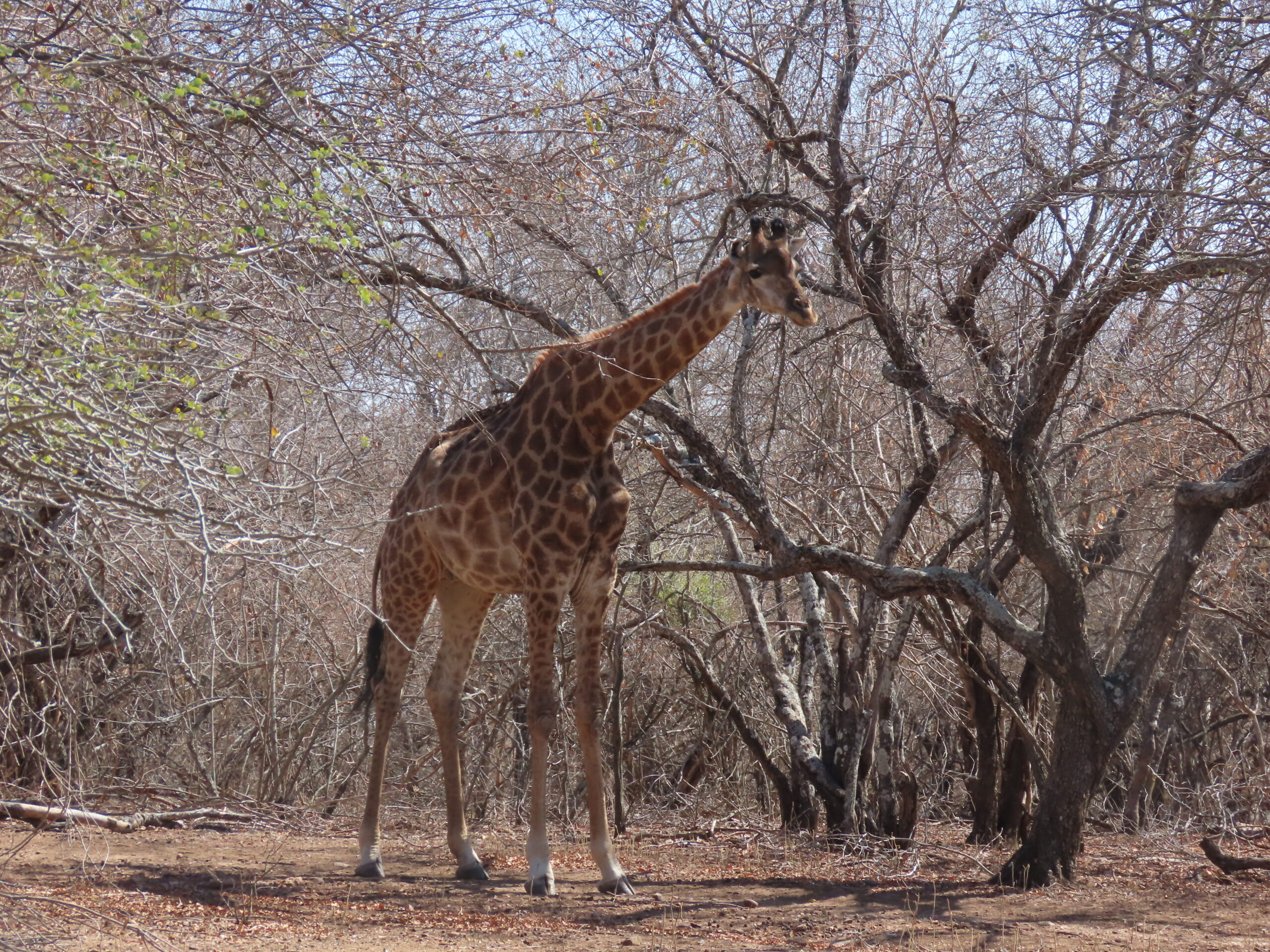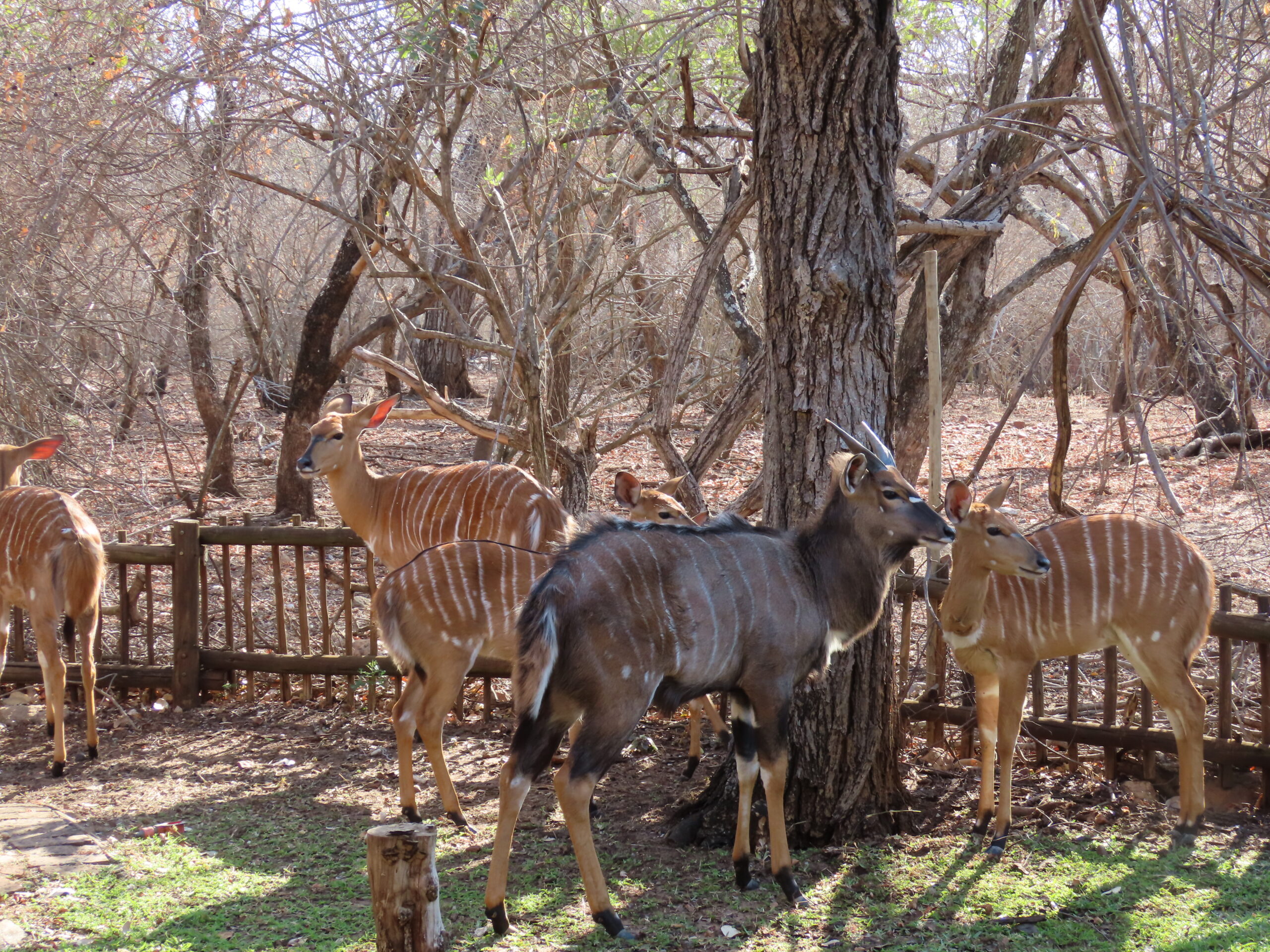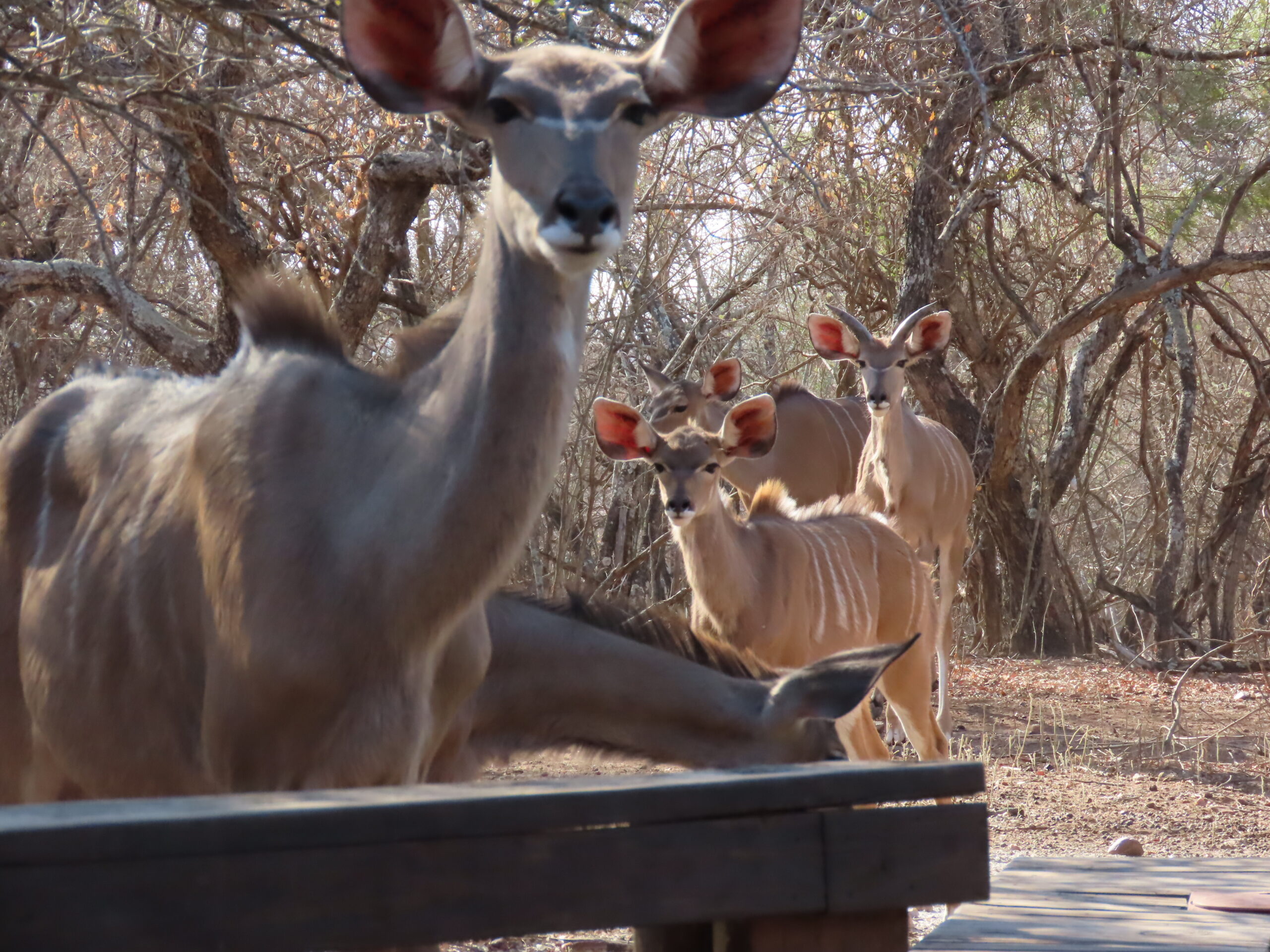
Over the years of travel, we’ve noticed that trends come and go. Words appear in glossy travel magazines, only to be forgotten by the time the next season rolls around. Yet every so often, a term emerges that really makes sense in today’s world. Right now, that word is coolcation. At first glance, it sounds almost playful, as though someone took “vacation” and added a bit of breeze. And in many ways, that’s precisely what it is, a journey into cooler places, away from the heat, the sweat, and the relentless sun that so many travelers have grown weary of.
For decades, the great escape was always toward warmth. People dreamed of sandy beaches, sun loungers, and turquoise waters. Travel posters lured us in with images of palm trees swaying under endless summer skies. But times are changing, and with the rise of climate shifts, extreme heatwaves, and wildfires scorching places once thought of as idyllic paradises, more and more travelers are deciding that it’s not the sun they crave anymore. It’s a relief. It’s comfort. It’s cool air on their cheeks instead of blistering rays on their shoulders.
A coolcation is precisely that…a holiday deliberately spent in a cooler climate. Instead of rushing to Spain’s Costa del Sol in August, travelers are now looking north to the fjords of Norway or the mountains of Scotland. Instead of sweating it out in crowded city streets in midsummer, they are wandering along Iceland’s black sand beaches or sitting beside a misty Irish loch with a hot mug of tea. The appeal is obvious: less sunburn, fewer crowds, and a gentler pace that comes with breathing crisp, fresh air.
For full-time nomads like us, the idea of a coolcation resonates on an even deeper level. We’ve experienced both extremes—days when the sun felt like a punishment, and others when the sharp bite of winter made us long for a sweater pulled tight around our shoulders. What we’ve come to realize is that “perfect weather” doesn’t always mean sunshine. Sometimes, perfection is stepping outside without being knocked back by oppressive heat. Sometimes, it’s being able to walk without constantly searching for shade or gulping down bottles of water. A coolcation, at its heart, is about restoring that balance between adventure and comfort.

There’s also a psychological shift at play here. Traditionally, vacations were sold as escapes from cold, dreary winters. But summers are no longer always the reward they used to be. They can be dangerous, stifling, and overwhelming. For many, the thought of taking precious holiday time only to swelter in 40°C (104°F) heat is no longer appealing. A coolcation becomes less of a luxury and more of a survival tactic by choosing destinations where relaxation is possible, where nights are restful, and where sightseeing isn’t dictated by the need to avoid the hottest part of the day.
I think what makes the concept even more beautiful is how it reintroduces travelers to places often overlooked. The Arctic Circle, once reserved for the most adventurous explorers, is now becoming a summer retreat for those wanting a reprieve from soaring temperatures. The highlands of Europe, whether in Switzerland, Austria, or even the Pyrenees, are seeing renewed interest. Rural Canada, the rugged coastlines of New Zealand, and even Alaska are drawing travelers in not just for their scenery but for their cool, breathable air. Suddenly, the world’s “edges” are being celebrated as sanctuaries.
Of course, it’s not only about the weather. Coolcations often bring with them a different rhythm. Instead of lying by a pool, travelers are hiking, cycling, and exploring landscapes where the very air feels restorative. Meals are heartier, not rushed in search of relief from the heat. Fireside evenings, even in summer, add a layer of coziness that sun-soaked resorts can’t replicate. There’s a slower intimacy in these trips when conversations linger longer, books are read without distraction, and time feels stretched, not squeezed.
There’s also a growing sense of responsibility tied to coolcations. With rising awareness of sustainability, many people are questioning the environmental impact of flying halfway across the world for a suntan. Shorter flights northward or inland, closer to home, are becoming more attractive…not just for the lower temperatures but for the smaller carbon footprint. A coolcation doesn’t have to mean crossing an ocean; it can be as simple as trading in a beach town for a nearby mountain cabin.
When I think of the best memories we’ve gathered from our years of travel, many of them weren’t formed in the blazing sun. They were shaped in the coolness of misty mornings, wrapped in sweaters, sipping coffee on a veranda where the mountains hid behind soft clouds. In Antarctica, the cool weather, familiar to us from living in Minnesota, wasn’t unpleasant but rather refreshing.
So while the word itself may be new, the idea has always been there…an instinctive pull toward cooler climates when life gets too hot to handle. Perhaps the rise of the coolcation is less about trends and more about common sense, a return to balance in how we travel and how we care for ourselves.

And maybe, just maybe, it’s a reminder that joy doesn’t always need to be baked in sunshine. Sometimes, happiness is found in the shiver of a breeze, the comfort of a blanket, and the quiet thrill of discovering that the world is just as beautiful—if not more so when it’s cool.
The cool winter in South Africa these past few months was delightful, and now, once again, we are experiencing the familiar heat of South Africa’s often high temperatures in spring, fall, and summer.
Tomorrow, we’ll share where to travel for your coolcation. See you then.
Be well.
Photo from ten years ago today, August 25, 2015:

